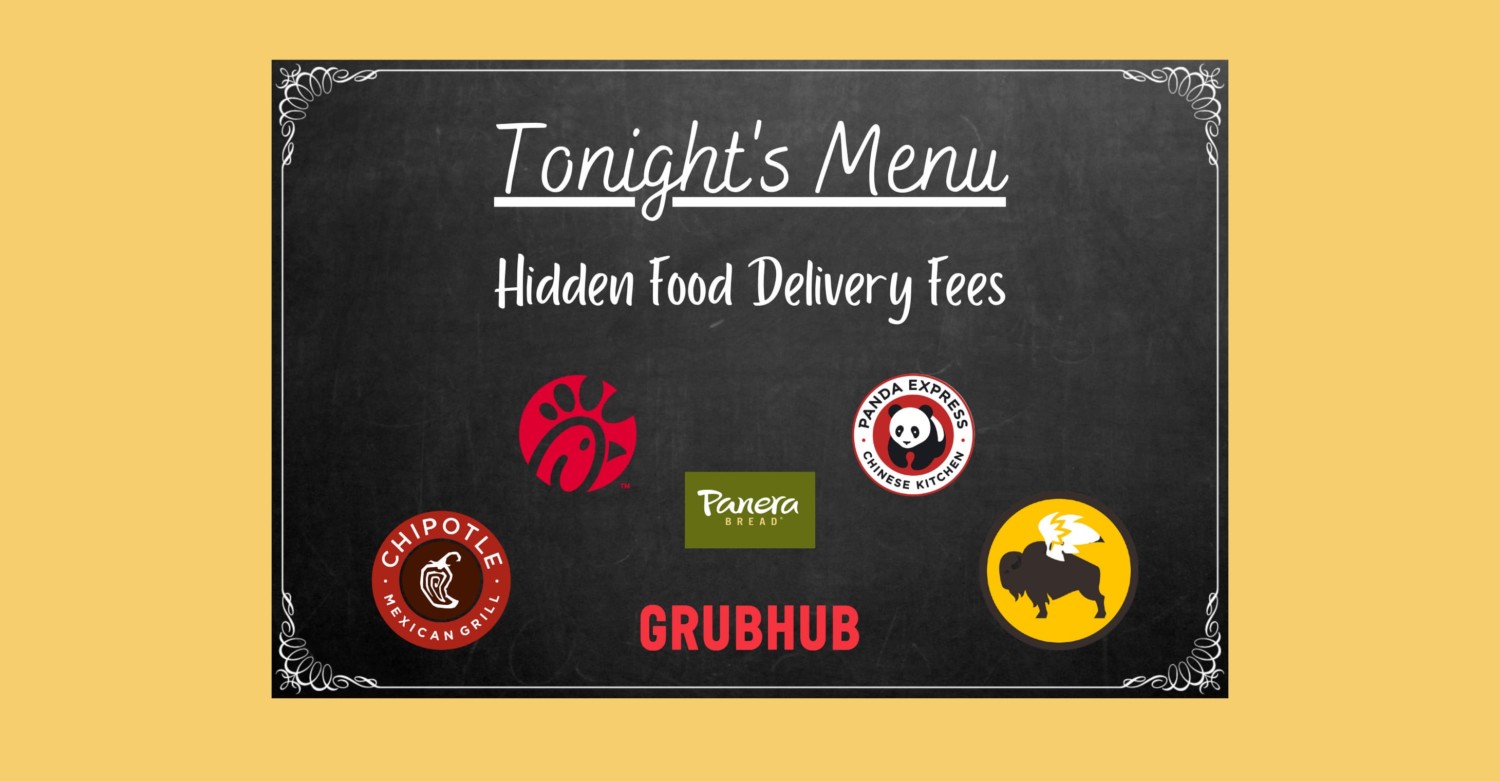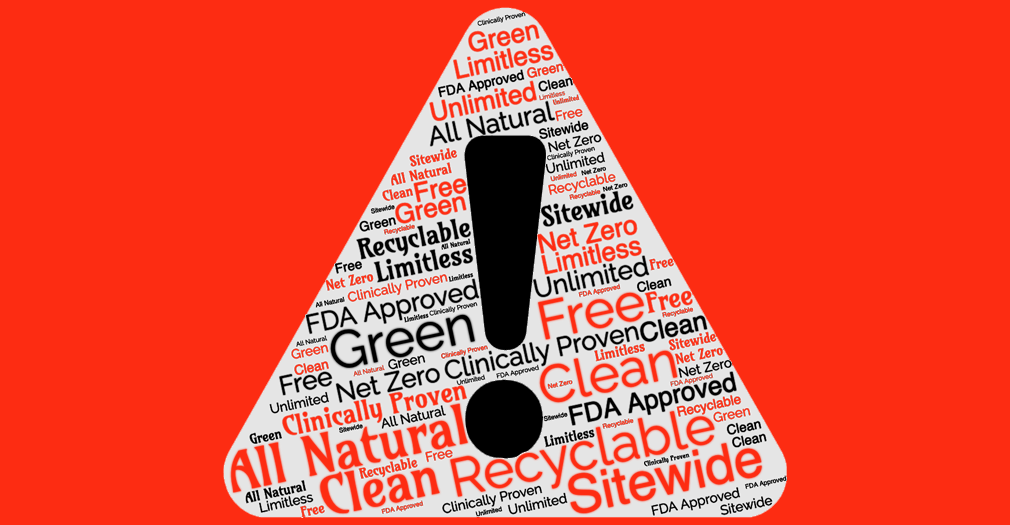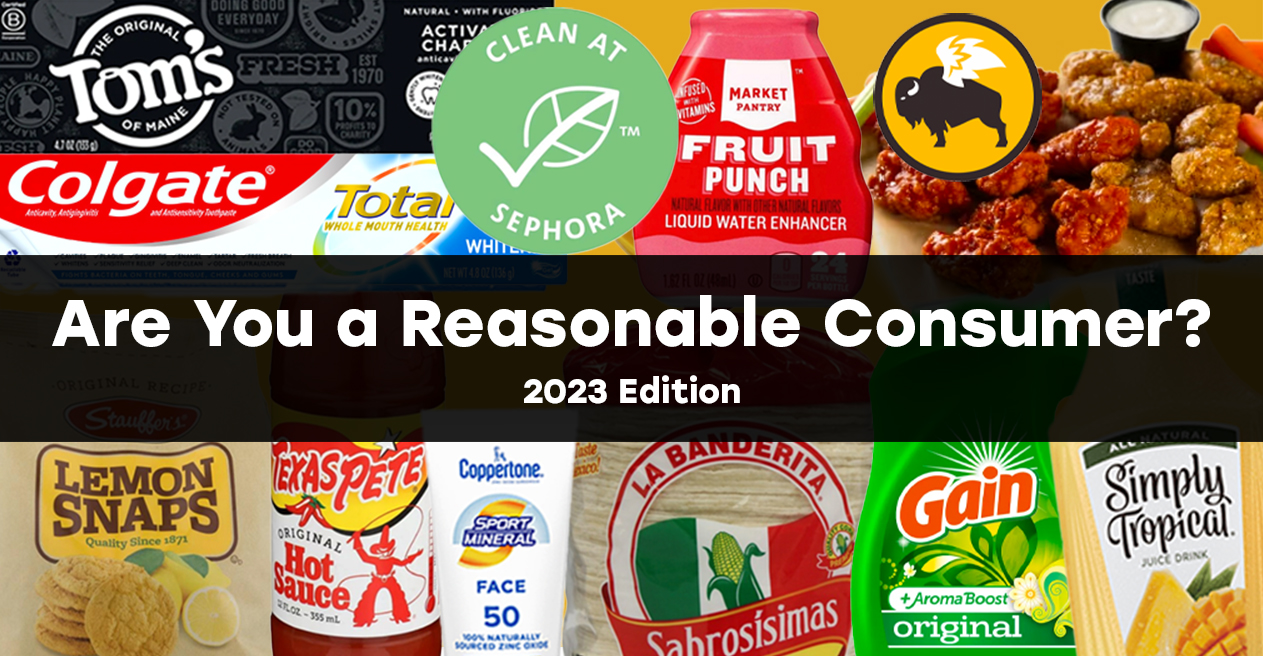
Holiday Shopping: Separating the Real Deals from the Fake Ones
TINA.org offers some tips on how to avoid a shopping mishap this season.
This article highlights a trend in the filing of class-action lawsuits as identified by our Class-Action Tracker, aka CATrends.
If the thought of what is required to make a meal – the chopping, the browning, the searing, the simmering – saps any of the remaining energy you have at the end of an exhausting day, the answer might be delivery.
Adding to the lure of ordering delivery after a long day, especially around this time of year when it seems that there is so much to do and so little time to do it, are claims of free or low-cost delivery.
But according to a recent flurry of class-action lawsuits filed by the same Washington, D.C.-based law firm, several restaurants that advertise free or low-cost delivery either impose an additional “service fee” on delivery orders, charge more for the same menu item when customers want it delivered, or do both.
A lawsuit filed against Buffalo Wild Wings in November alleges that, on top of a $1.99 delivery fee, the restaurant assesses a “service fee.”
This additional charge amounts to $3.00 more for the same food received by non-delivery customers. Because this fee is exclusively charged to delivery customers, and not to customers who order in-store or who order online and pick up their food in store, the “Service Fee” is by definition a delivery fee. [Buffalo Wild Wings] obscures the true nature of the fee by naming it a “Service Fee.”
A complaint filed against Panda Express in July asserts that the Chinese food restaurant hides its “service fee” for delivery orders under “taxes and fees.”
Meanwhile, a lawsuit filed against Chipotle in March accuses the burrito chain of not only charging a “service fee” for deliveries but also alleges the restaurant “secretly marks up food prices” by 12 to 15 percent when consumers opt for delivery.
In other words, the identical burrito costs approximately $1 more when ordered for delivery than when ordered via the same mobile app for pickup, or when ordered in-store. Both of these hidden delivery upcharges make Chipotle’s “free” or “$1” delivery promises patently false.
The markup on food prices for delivery orders at Chick-fil-A is even greater, according to a lawsuit filed against the fried chicken franchise in September.
The lawsuit alleges that while Chick-fil-A advertises a delivery fee that is usually in the amount of $2.99 or $3.99, it charges 25 to 30 percent more for the same menu item when consumers choose delivery. For an order of 30 chicken nuggets, that means paying an additional $5 to $6 for delivery, the lawsuit says.
All of the above lawsuits remain pending. Panera and Grubhub, a food delivery company, have also faced allegations of hiding delivery fees from consumers.
What you can do
Compare menu prices with what you are being charged for delivery. And if the total doesn’t seem right, closely review your order before completing your purchase.
Find more of our coverage on hidden food delivery fees here.
TINA.org offers some tips on how to avoid a shopping mishap this season.
These definitions are a joke.
See how you stack up.


